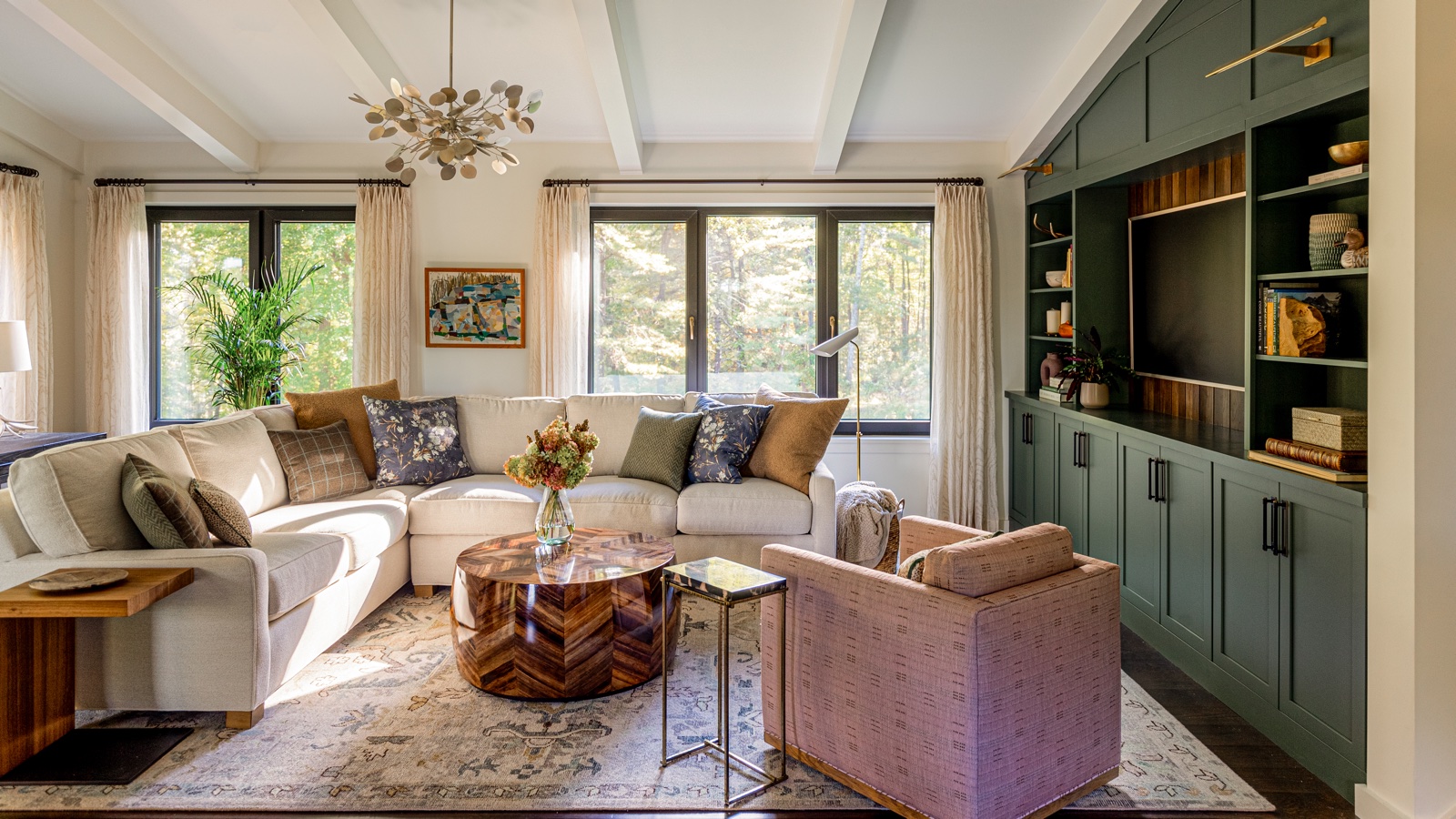
Renovating your home can be a costly exercise, but there are some expensive decorating mistakes designers say you should always avoid to save you any extra outlay than is already necessary.
Of course, decorating mistakes can happen to us all – whether you treated yourself to that expensive rug that's too small for the space, or didn't thoroughly measure the area for that custom-made headboard.
Thankfully, a clutch of top designers have shared their thoughts on decorating mistakes you should avoid to prevent us from these potentially pricey pitfalls. These top tips will ensure you don't need to shell out more than you have to when it comes to your home renovation. You can thank us later...
1. Buying furniture before you move in
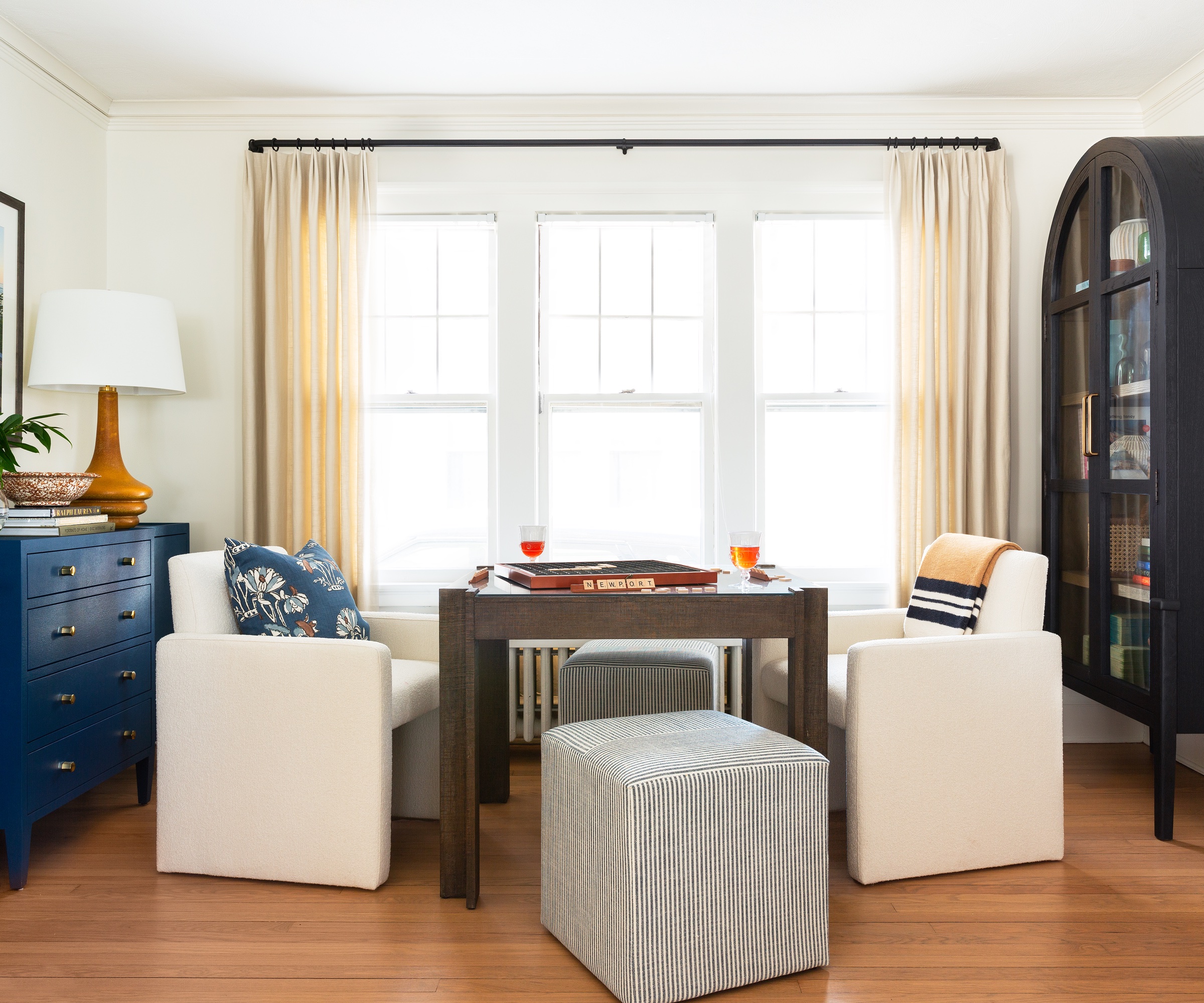
Getting overexcited about a new house and being a little too eager with your furniture buying is something we can all relate to. But, until you're in the property, you can't truly know how you want to use the space – and this can be a costly error.
Jeanne Barber of Camden Grace Interiors says, 'Jumping the gun and purchasing all your furniture before you move in, then realizing how you use the space, can be an expensive move. You might realize you really want that dining room to function as a game room; or that living room to really be a speakeasy. Whatever the case, slow and steady wins the race.'
Our advice is to get your wish list going so you still have the lovely feeling of shopping for a new place, but don't click the buy button on those high-ticket items until you have lived in a space for a few weeks (or even months). It might mean living in an emptier space for a while, but better than making the mistake of spending $1,000s on a sectional only to realize that would never work with where you want your TV to be – make these key decisions first.
2. Not testing paint before you commit
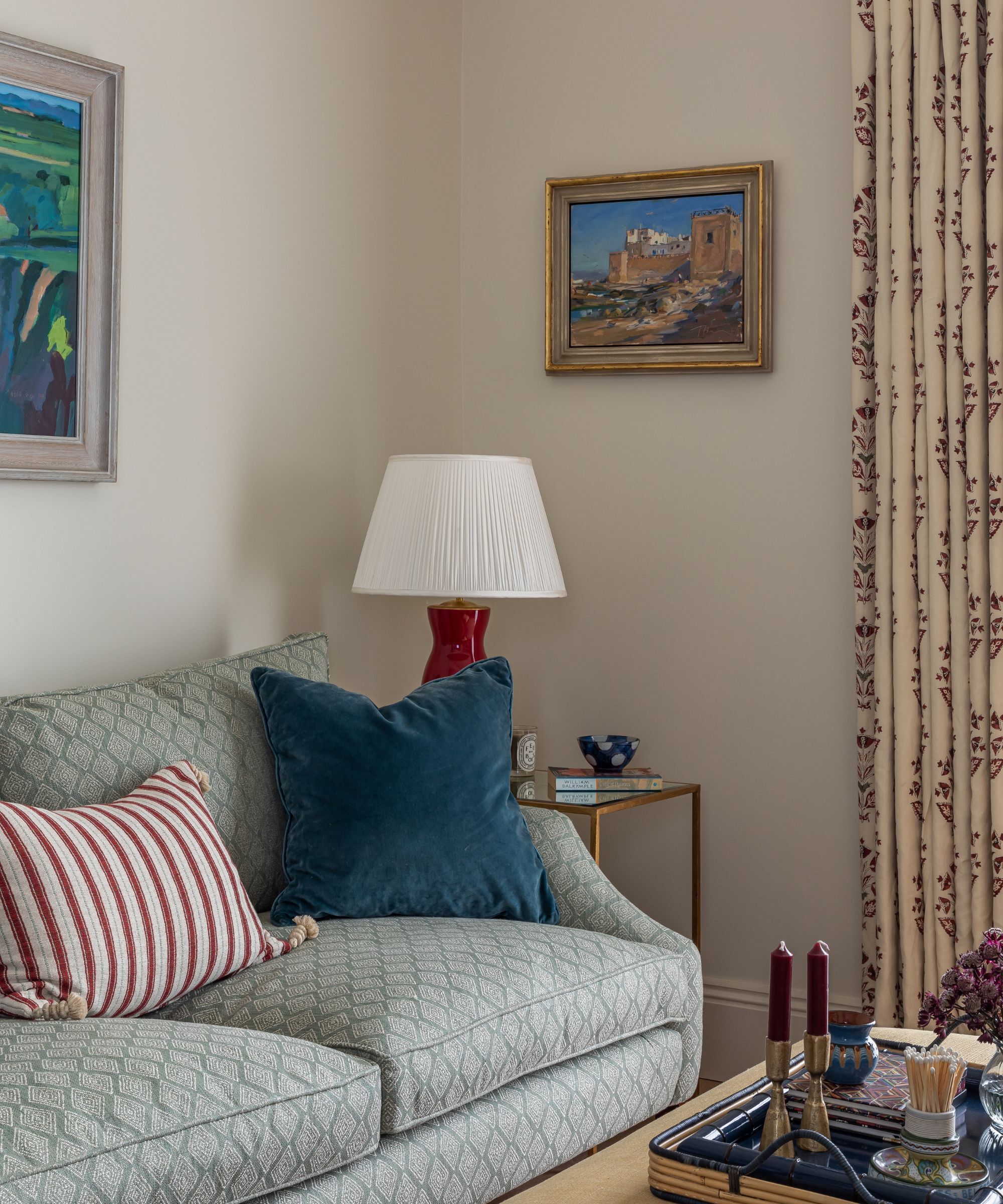
Just because you love the look of a paint color on a sample card doesn't mean this will automatically translate to being a successful hue for your home. Always remember to buy a tester and check you're happy with the shade at different times throughout the day.
'Paint can look dramatically different depending on the light,' explains Cathleen Gruver, interior designer at Virginia-based Gruver Cooley. 'Test your color in multiple spots and observe how it changes throughout the day. Skipping this step can lead to expensive repainting – and avoidable frustration.'
Another top designer tip? Carry out your paint job after you've moved in. It's a mistake to paint the whole house before you move in, 'without a plan for the greater whole', says Jeanne Barber.
She adds: 'We typically choose paint colors last, after all our furnishing and textile selections. Living through a paint job isn’t that bad, and you’ll be happy you waited and picked colors more deliberately.'
The last couple of years has seen a move away from cool grays to earthy tones, and this taupe hue hits just the right spot. If you are looking for a beautiful, warm, but pretty safe neutral to use in any room, Interior Motives is it.
Light blue will add a fresh vibe to any room, and this clean shade by Farrow & Ball called Kakelugn is one of the brand's much-anticipated new colors.
Embracing the beauty of 'quietly colorful hues' is the direction over at Benjamin Moore, and its Color of the Year 2025, Cinnamon Slate, is described as a 'delicate mix of heathered plum and velvety brown' for a sophisticated yet inviting space.
3. Not going custom made when it's the best option
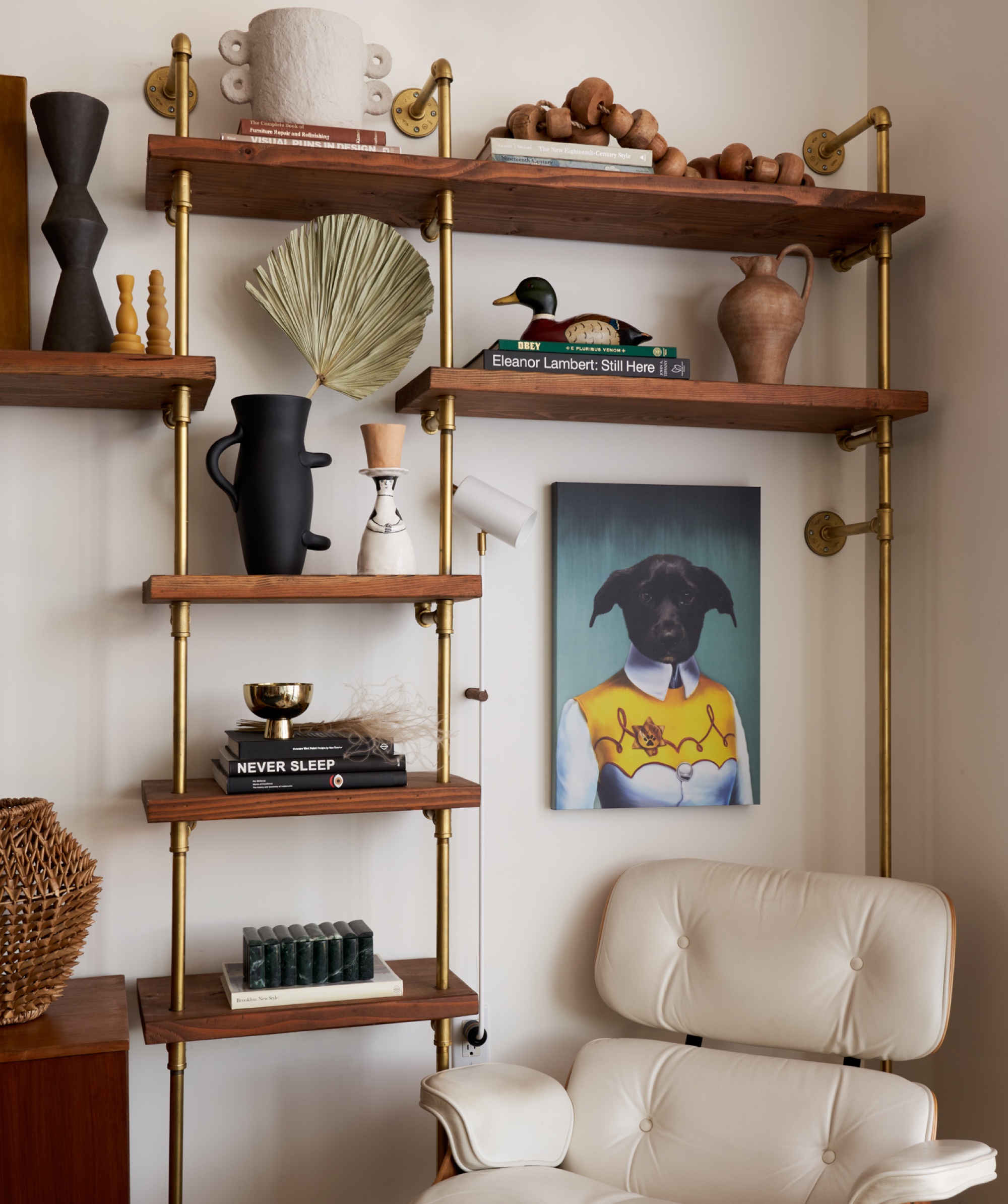
If you simply assume a custom-made piece is too expensive and source a ready-made piece that's not right for the space, you'll always end up replacing it eventually and paying twice. Whether it's storage or shelving, it's often better to invest in pieces that are designed to specifically fit the area they're going.
Molly Torres Portnof of DATE Interiors explains, 'Sometimes custom really is the only way to go, and it's not always as pricey as we've come to expect. We've utilized custom pipe and wood shelving in multiple projects with strict budgets, and it's always transformed the space into one that feels considered and chic.'
4. Buying cheap window treatments
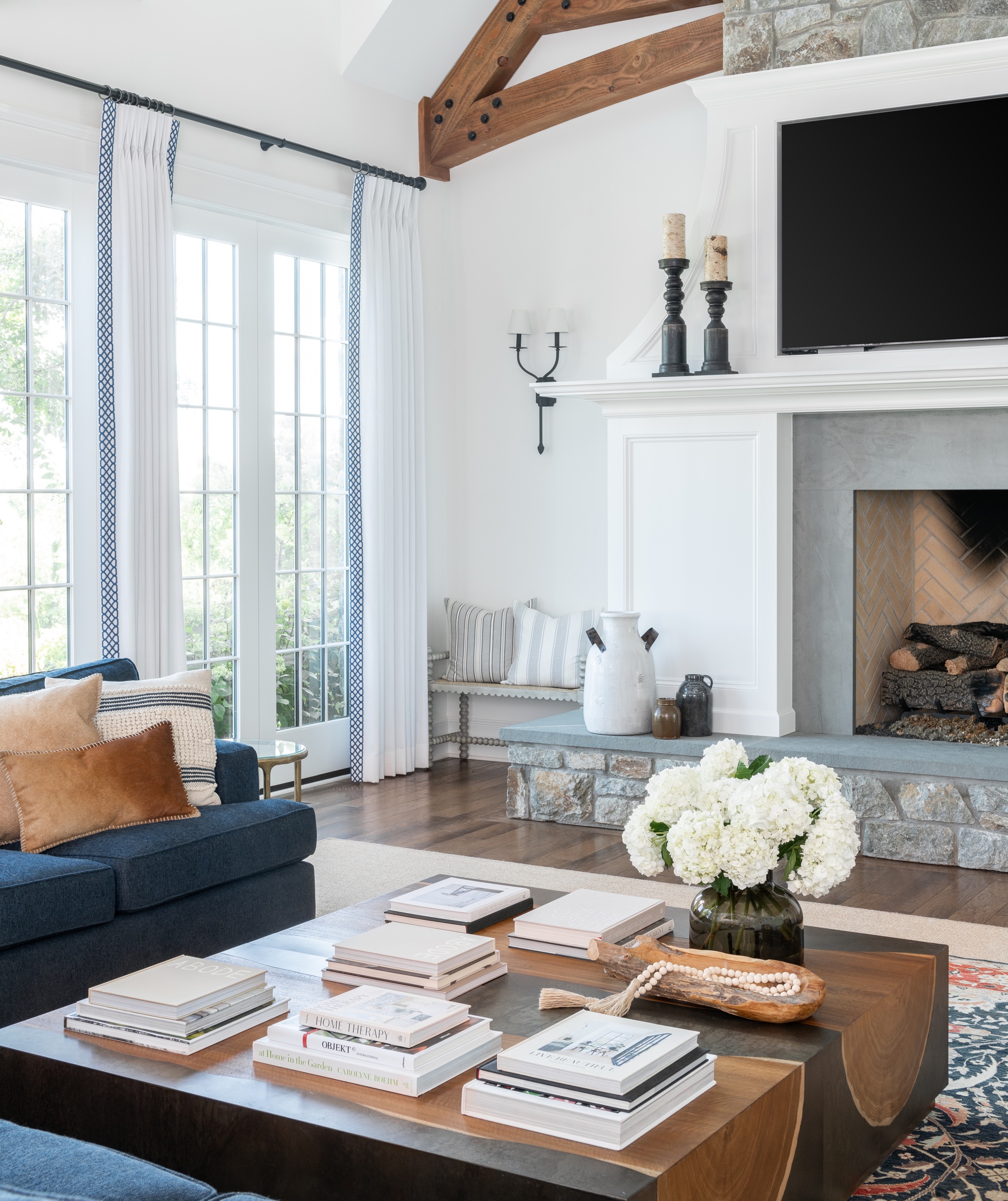
Window treatments can be seen as a bit of an after thought, added in cheaply and quickly last minute. But these features can be as impactful and take up as much visual space as some of your largest pieces of furniture, so the rule of buy cheap buy twice really applies here.
'One of the most common (and costly) mistakes I see is going too cheap on window treatments,' says Cathleen Gruver. She explains: 'Ill-fitting, flimsy drapery or poorly mounted hardware can instantly make a room look cheap.'
'You might save money up front, but it often ends in regret – and a do-over. Custom or well-fitted off-the-rack panels in quality fabrics elevate the entire room and are worth the investment.'
Striped curtains manage to be modern yet timeless, and this mustard-hued panel also adds a color pop, too.
The scalloped edges on these curtains from Anthropologie will add color and visual interest to any space. They also feature back tabs for a tailored finish,
A timeless floral print, such as the above William Morris design, will always be an enduring and luxurious option for window treatment ideas. You can explore an extensive selection of classic Morris prints at Select Blinds.
5. Failing to measure the space and getting proportions wrong
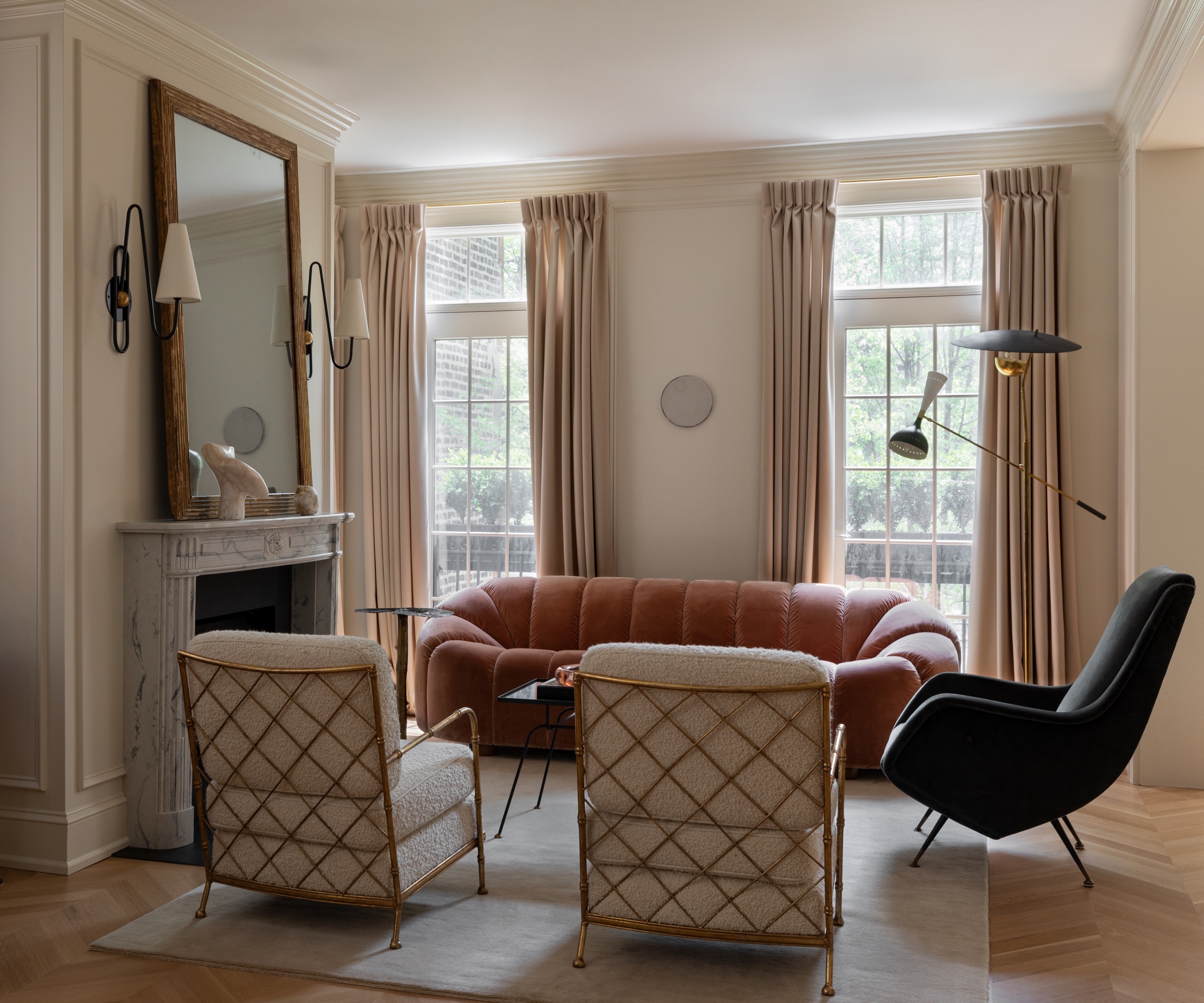
Preparation is key when it comes to ordering furniture and furnishings – make sure the measuring tape becomes your best friend.
'One of the biggest most expensive mistakes designers often see is not confirming dimensions and ordering furniture that does not fit into a room or through a door,' says Miriam Dillon, interior designer at BVA BarnesVanze Architects in Washington, DC. 'It is expensive to design and fabricate a custom king-size headboard, for example, and then realize it's too tall to fit up the stairs. Make sure the width and height clear the stair.'
Similarly, understanding scale in interior design and proportion is key to creating a successful and balanced aesthetic.
'Understanding scale, specifically in furnishings and lighting, is crucial to how a space functions and feels for a client after install,' adds designer Wendy Labrum. 'Making sure that pieces do not overwhelm a room creates balance and proportion.'
Cathleen Gruver, of Gruver Cooley, agrees 'scale is everything'. She explains: 'Clients will splurge on a beautiful rug, only to realize it’s too small and makes the entire space feel disjointed.
'The same goes for oversized furniture in tight quarters. Always measure – twice! – and lay things out with painter’s tape if you’re unsure how something will land in the space. It’s a small step that can prevent a big and expensive misstep.'
6. Installing lighting as an after thought
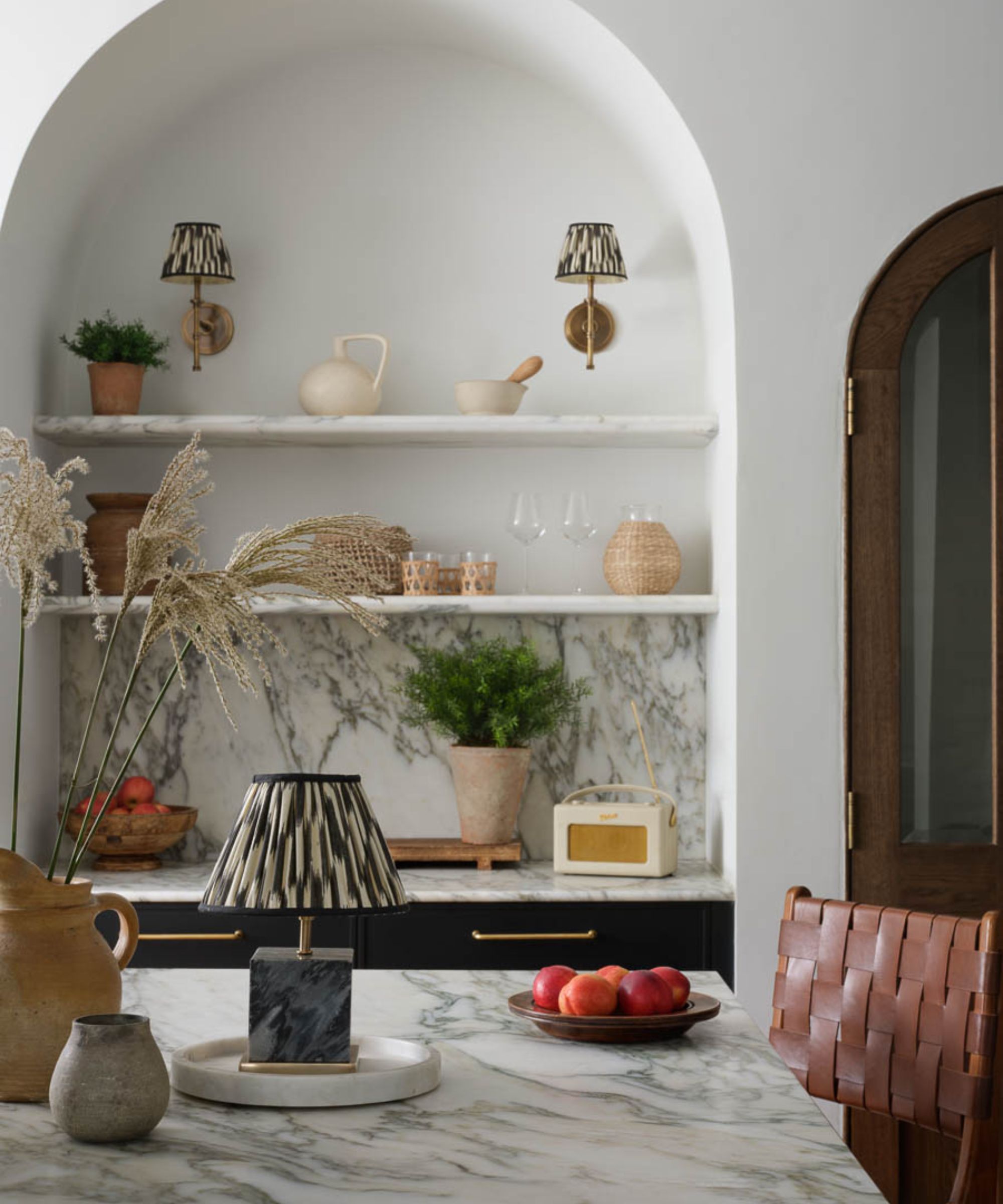
Always ensure you approach your lighting with meticulous planning, as it's an expensive feature to change later on. You want to plan in lighting as you are making all your other big decisions about furniture, layout, colors. Installing it post-remodel can be an expsensive design mistake that's so easily avoidable.
'Lighting should never be an afterthought,' says Cathleen Gruver, 'It’s one of the most transformative elements in any room.' Ahe warns, 'Don’t install a fixture without first considering the height, diameter, and how it will read in the space. You want to plan all lighting ideas with intention, or you risk spending extra on electrician's time for adjustments later.'
Remember that to create a space that mixes form and functionality, you need to layer lighting so that soft meets practical. It can determine the mood and experience in each room, so it deserves a thorough planning process.
Glamor meets organic luxe with this rattan and gold-lined linear pendant light, perfect for hanging above a dining table.
Add warmth and texture to any space with this oversized wicker pendant that oozes organic elegance.
Make a statement with this opulent tiered chandelier crafted with hand-wrapped wooden beads and abaca from Serena & Lily.
7. Choosing the wrong materials for the space

You may love a delicate linen or a pale rug, but is it practical for your lifestyle?
It's important to consider the functionality of the materials for your furniture and soft furnishings before you make an expensive decorating mistake and invest in a piece that just won't survive in your home long term.
Performance materials are worth in investment. They have come a long way with regards to aesthetics and style, and can ensure you don't need to pay for replacements too soon. Cathleen Gruver agrees that 'In high-traffic areas or homes with kids or pets, choosing performance fabrics and durable finishes matters. It’s not just about beauty – it’s about longevity.'
Ultimately, when it comes to the most expensive decorating mistakes that you can so easily avoid, designers highlight how important it is to put the prep work into every step.
Whether it's making sure to measure the space thoroughly, curating your furniture and decor so that scale and proportion are taken into consideration, researching the functionality of your materials, or forgetting to test your paint: the key to avoiding costly errors is usually in the planning process.







